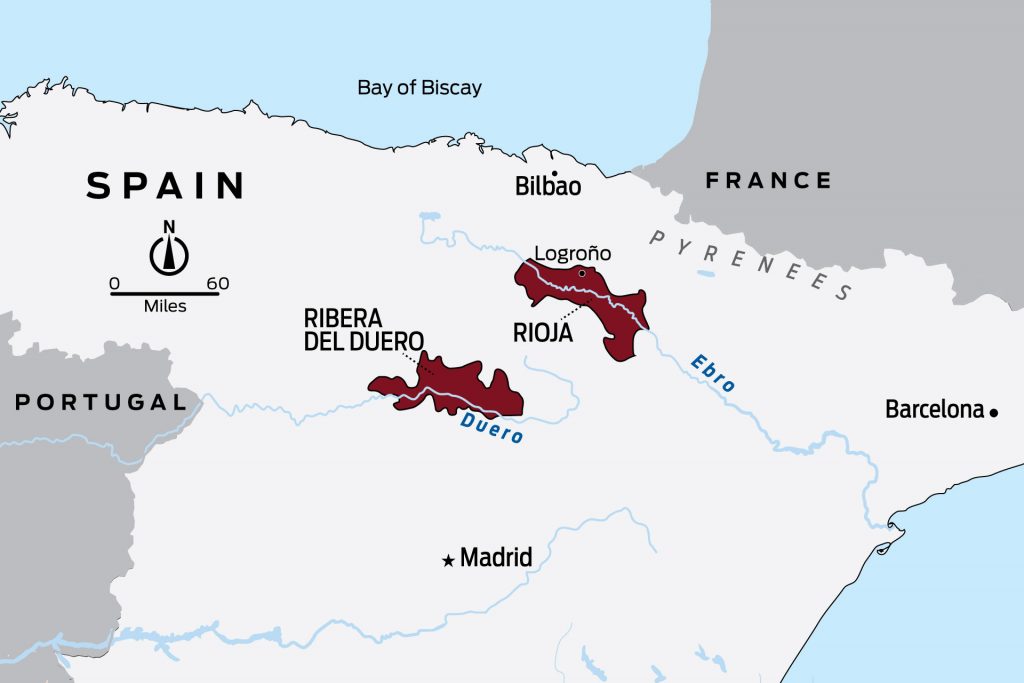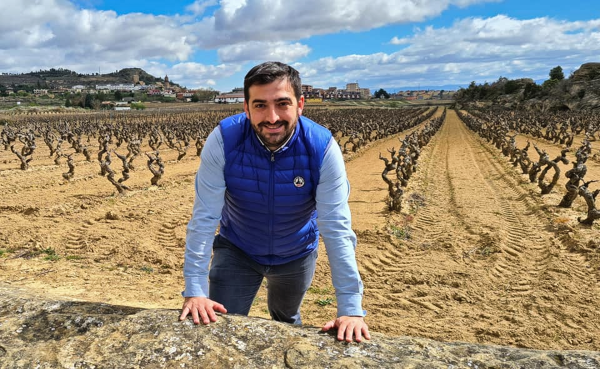Hungary Day 1The classic European wine countries dominate the global wine world- France, Italy, Spain, followed by Germany, Austria and Portugal. Relatively unknown and underappreciated are the wines of Hungary. |
|
|
LocationHungary is a landlocked country, surrounded by seven different countries including Austria to the West, Slovakia to the North, Romania to the East, Croatia, to the South. Sitting in the Carpathian basin means a long growing season, and 60% white wines with the reds widely grown in the warmer South. |
|
|
Early winemakingWinemaking in the region stretches back to at least Roman times, the Hungarian word for wine is 'Bor' - one of only three cultures where the term derives from eastern Turkic roots rather than Latin. The wines too, according to wine writer Jancis Robinson retain a certain 'Magyar fire or spice' to them. |
|
|
Grof Degenfeld Tokaji Muscat Blanc 2014While the Tokaj region is most famous for its sweet wines, the larger volumes here are dry white wines from a variety of different grapes. Today I've opened a dry muscat from Grof Degenfeld, one of the most influential landowners in Tokaj. |
|
Hungary Day 3We are well into our Hungarian Wines of the Week now, with 4 wines open for tasting all day in store. Bock is one of the most celebrated wineries in the famous southern region of Villány, making red wines from both indigenous and international varietals. |
|
|
Co-operative Wine after WWIIHungarian wine has fundamentally changed over the last few decades and is still changing. |
|
|
In 1989, the Soviet system collapsed, and after decades of mass produced, poor quality wine, quality vineyard sites were rediscovered, producers invested in modern wine-making equipment and higher quality grapes were planted. Internationally, Hungary has not yet reached the reputation of more established European wine nations, but the industry has grown in leaps and bounds, and is still on the rise. |
Bock Winery
|
|
|
|
Bock Cabernet FrancBright ruby in the glass with a garnet rim. On the nose, black cherries, cassis, liquorice root, nutmeg and fresh herbs. On the palate, a round velvety mouthfeel full of berry fruits and plum, with soft tannins and some subtle spice from the oak, as well as a stony minerality which continues through to the finish. On Special this week, it was $45, now $29. Come try it in store. |
Hungary Day 4The famous region of Tokaji in North-East Hungary is planted a whopping two thirds with this grape variety. Today's tasting is possibly the most interesting of the Hungarian wines open this week. |
|
|
Furmint Grape VarietyAs well as the Tokaji region, small amounts of Furmint grow in Austria, Slovakia, and Slovenia, parts of the old Austro-Hungarian Empire. Budding early and ripening late, it turns a golden-copper colour when ripe, and is particularly susceptible to Botrytis- the key to making the sweet Aszu wines. |
|
|
Grof Degenfeld Furmint 2013This is not one of the sweet botrytis Aszu wines, but rather a drier style of Furmint. A complex and nuanced wine with echos of German Riesling, French Chenin, Austrian Gruner and even Chablis. Produced in the distinctive Tokaji shaped bottle. Green apple, sage, lanolin and flint on the nose, rich texture in the mouth with a mouth watering acidity, wax and honey, musk and baked stone fruits, and a long chalky mineral finish - beautiful wine down from $36.50 |













